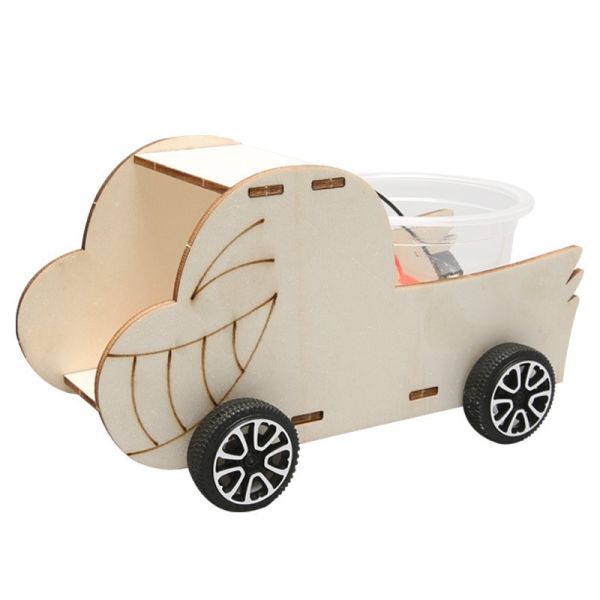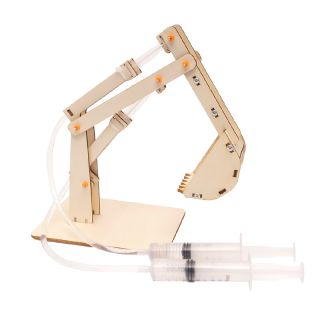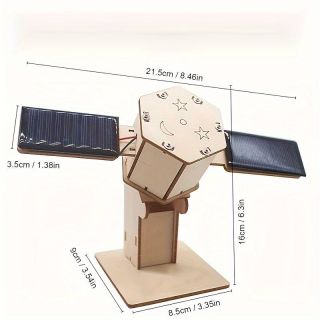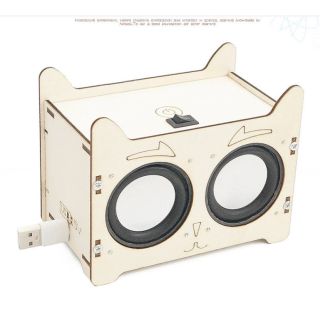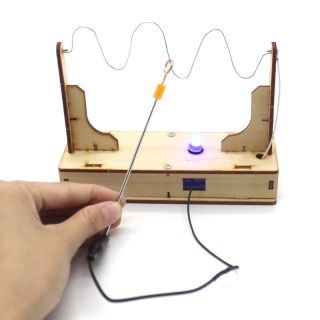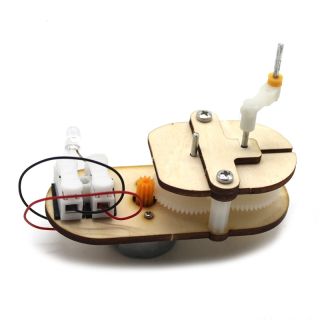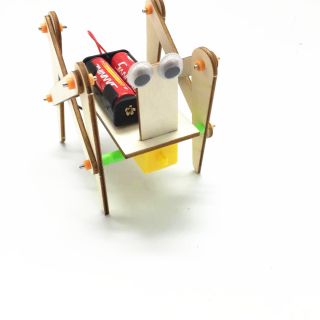All Categories
DIY Salt Water Car Kit - Cat# 80-50-W249
In stock
SKU
80-50-W249
CA$11.25
- Buy 2 for CA$10.30 each and save 8%
- Buy 6 for CA$9.40 each and save 16%
DIY Salt Water Car Kit — A Hands‑On STEM Experience
Introduce your students to the principles of renewable energy and electrochemistry with the DIY Salt Water Car Kit. This engaging project allows students to build a model car powered entirely by a saltwater battery, offering a practical application of science and engineering concepts in a classroom setting.
What’s in the Kit & How It Works
The kit includes:
Laser-cut wooden components for easy assembly
Magnesium and carbon sheets
Wires and connectors
Clear and simple instructions for assembly
Students will assemble the components to create a car powered by a saltwater battery. The magnesium and carbon sheets react with the saltwater to produce an electrical current, which powers the motor and propels the car forward.
STEM Concepts Illuminated
This kit provides an excellent opportunity to explore various STEM concepts:
| STEM Area | Key Concepts | Classroom Applications & Extensions |
|---|---|---|
Electrochemistry | Saltwater as an electrolyte, redox reactions | Discuss how magnesium and carbon react in saltwater to produce electricity; explore the concept of electrochemical cells. |
Energy Conversion | Chemical → Electrical → Mechanical | Students observe how chemical energy in the saltwater is converted into electrical energy, which is then converted into mechanical energy to move the car. |
Circuits & Conductivity | Conductivity of saltwater, closed circuits | Build and test simple circuits; measure how varying concentrations of salt affect conductivity and car performance. |
Mechanical Engineering | Gears, axles, wheels, friction | Assemble the car; experiment with gear ratios and wheel sizes to optimize speed and distance. |
Sustainability | Renewable energy sources | Discuss the benefits of using saltwater as a non-toxic, renewable energy source compared to traditional batteries. |
Why Teachers Will Love It
Hands-On Learning: Students actively engage in building and understanding the mechanics of a saltwater-powered car.
Cross-Disciplinary Connections: Integrates concepts from science, technology, engineering, and mathematics.
Encourages Critical Thinking: Students can experiment with different configurations and observe outcomes.
Affordable and Scalable: Cost-effective for classroom use and suitable for group activities.
Classroom Activity Ideas
Salt Concentration Experiment: Test how different concentrations of salt in the water affect the car's speed and distance.
Design Challenge: Have students modify the car's design to improve efficiency or performance.
Energy Analysis: Discuss how the amount of saltwater used impacts the car's performance and compare it to other energy sources.
Sustainability Discussion: Explore the environmental benefits of using saltwater as an energy source.
Bring chemistry and engineering together in a creative, hands-on project. With the DIY Salt Water Car Kit, students won't just learn about energy—they'll experience it in motion.





